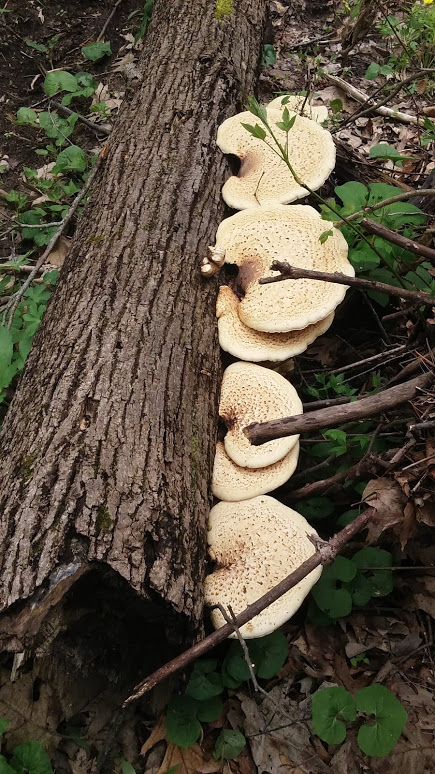Mushrooms are as wide-ranging and beautiful as any plant. They are however, a totally different beast. Learning Plants and learning Mushrooms are two completely different studies, one being Botany and the other being Mycology.
In the last few years, my interest in Mycology has grown. So, not to abandon studies in Botany, as that would be impossible, but rather to delve into its sister study, so to speak, I have decided to add a Mushroom Page.
As with information in Nature’s Access concerning plants, please use the information on this page concerning mushrooms with caution. Mushrooms can be as dangerous as plants and consuming the wrong mushroom can cause serious illness or death.
It is always the readers responsibility to know exactly what they are doing when using or consuming anything and that includes mushrooms discussed on this page. Never use this page as the sole source for information on a mushroom you intend to eat or use medicinally.
Mushroom Identification
In order to identify mushrooms, you need to consider several factors.
Environment: One of the key factors in determining if you have the right species, is where and when you found it. Morels are the most recognized mushroom so I will use it as an example. If you find a mushroom in early to mid spring, on the forest floor around Elms, you could have a Morel. If you find a mushroom in October growing on a standing White Birch, you do not have a Morel. Not even a chance.
Visual: Mushroom species have a very particular look. Size, shape and color need to be a close match to the general known description. This can have some variances, but in general, they need to match. Pro’s may be able to determine the variances to be one species or the other using the other identifiers, but not amateurs. Beginners should make sure what they are looking at matches the known description perfectly.
Type of Spore dispersal: Mushrooms may be gilled, polypore or some other variance. Recognizing the difference between a polypore and a gilled is easy enough, but what about a gilled and a false gilled. The Jack-O-Lantern is a gilled mushroom with some similarities to a Chanterelle. The Chanterelle looks gilled until you look closely. You will see diversions or a fork in the ridge making it a false gill. A Chanterelle will always be a false gill and the Jack-O-Lantern will always be true. The Chanterelle…delicious. The Jack-O-Lantern…poisonous. Also, become acquainted to the spore patterns a mushroom makes. Learn how to take a spore print. A mushroom spore that is supposed to be white, won’t be black. Vise versa.
Odor: Mushrooms have an odor. Some smell mushroomy as they should. Some smell fruity, like the above mentioned Chanterelle, some stink or smell chemically. Know what your target mushroom should smell like. If it doesn’t smell right…leave it.
Feel: Some mushrooms are slimy, some dry, some smooth, some warty and some like Jelly. Make sure they feel the way they are supposed to.
Taste: A Mushroom should taste right. If it is bitter when the target should not be, it isn’t safe to harvest. Leave it. When tasting a mushroom you are unsure of, take a small amount in your mouth, You should get the flavor without having to chew it up. Once you know the flavor profile, spit it out. Spit a couple times or rinse your mouth out. Many edible mushrooms still need cooked anyways, so don’t swallow the bite.
To sum it up, Mushrooms, much like Plants have characteristics that can be depended on to identify them. They also have some characteristics that can vary slightly. It’s extremely important that you know those characteristics and know how they vary before making use of any mushroom. When it comes to mushrooms, experience is golden. Go out with an experienced mushroom hunter until you know for sure what you are doing. And as always, never put anything in your mouth that you are unsure of.
Sometimes there is not enough information to make a 100% Identification, so I don’t guarantee my I.D. If you think they are something else, please comment below.
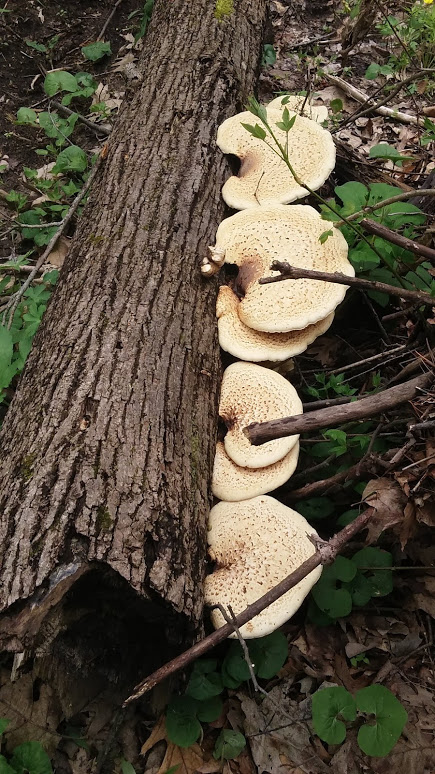
Pheasant Back or Dryad Saddle.
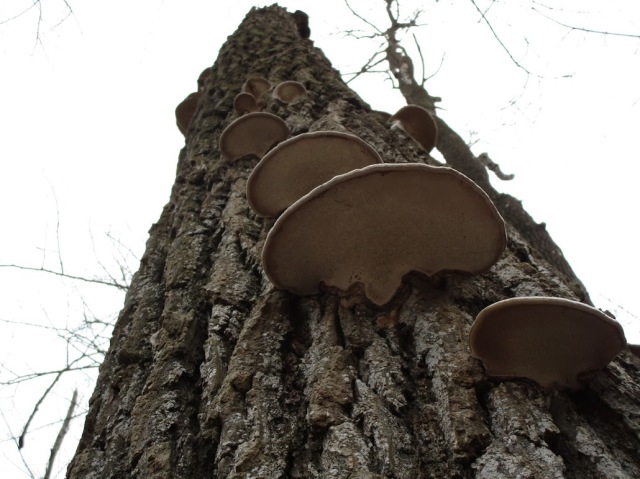
This is a Polypore Shelf Mushroom. Possibly the Reishi (Ling Chi) Mushroom. Not much to go on though.
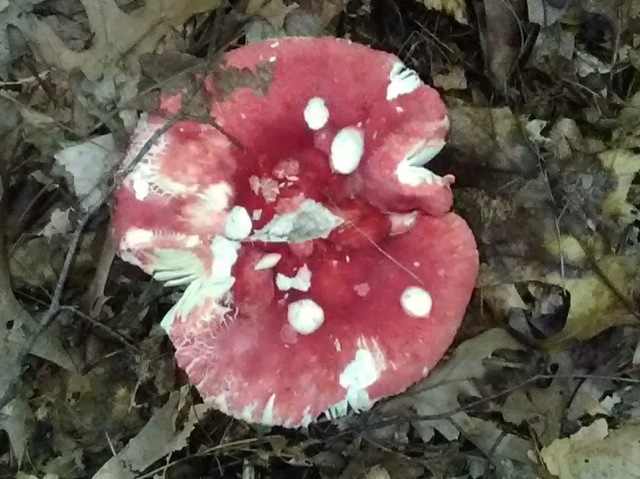
Looks like some type of Russula.
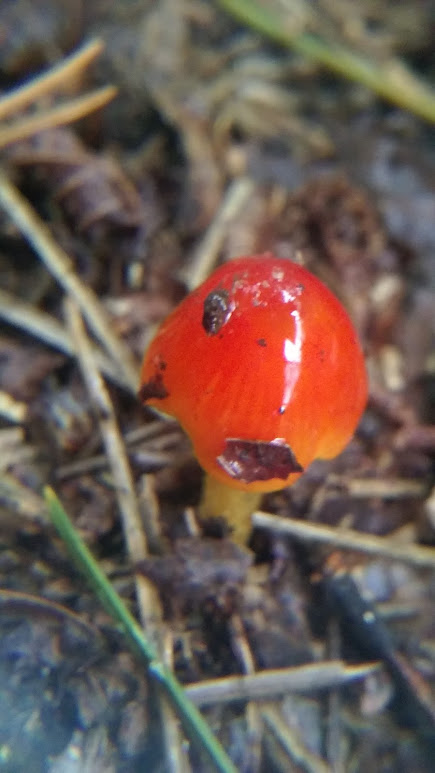
Most likely a Scarlet Waxy Cap (Hygrocybe punicea)
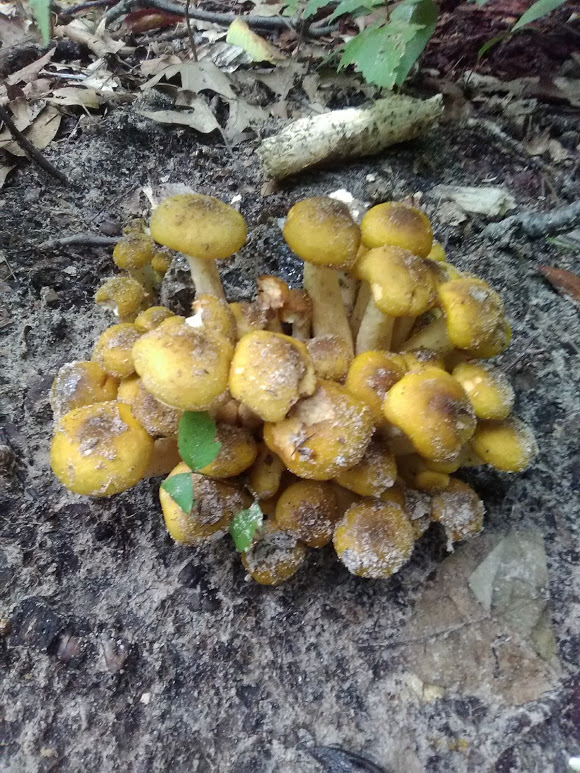
Probably a bunch of HONEY MUSHROOM Armillaria mellea
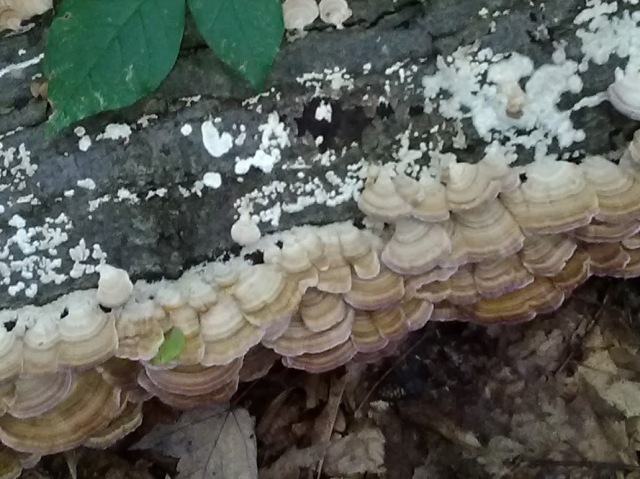
Probably Turkey Tail Shelf Mushrooms (Trametes versicolor) Without closer inspection at all angles, I can’t be sure.
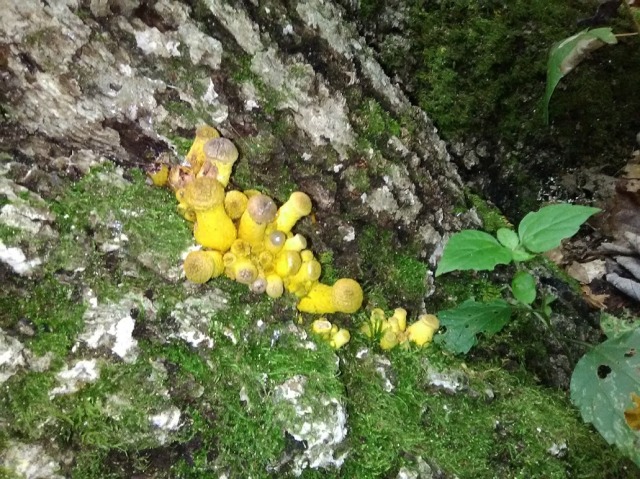
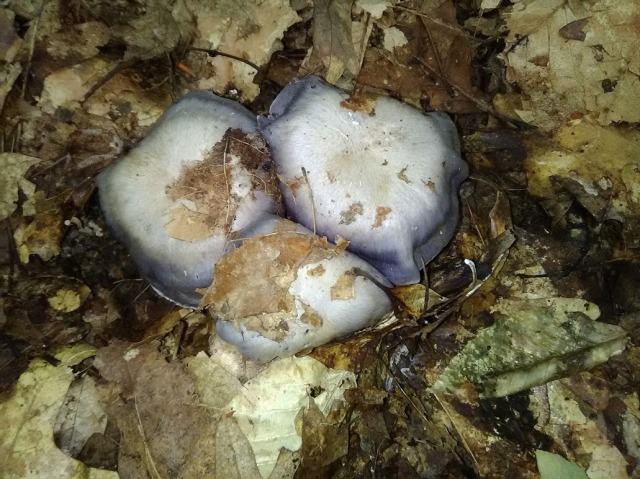
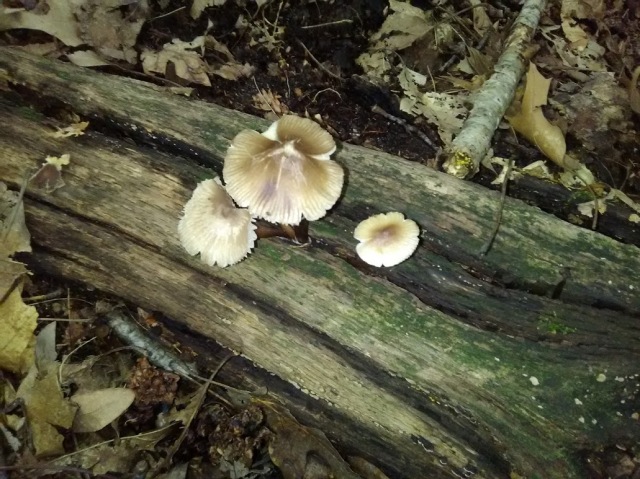
Very possibly a Fawn or Deer Mushroom. Let me know what you think.
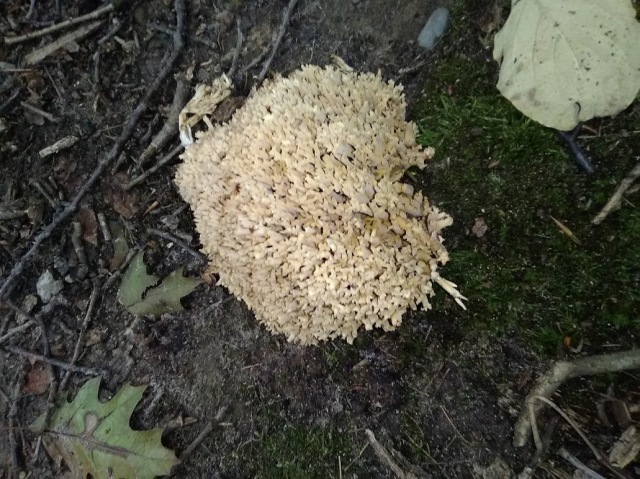
Likely Coral Mushroom of some sort.

Feel free to help Identify any of these by commenting.













